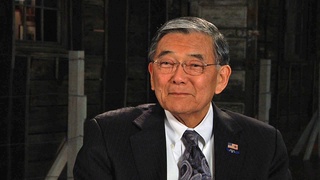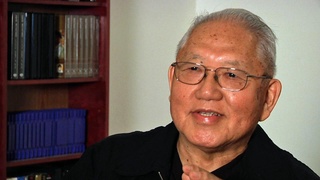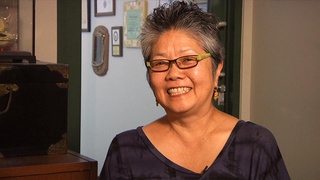Interviews
What to Do Next
Well, I think it was kind of interesting, in the discussion group right now -- the small group discussions -- I think that we really talked a great deal about, "What are we going to do after this?" And you know, everybody seemed to be so concerned about that. I mean, are we going to just sit back and rest and think, "Well, gee, we won this great victory and so now we're all finished, let's just retire and forget about the rest of the world, the rest of our concerns," and that really concerns me. And that's why I'm hoping that there's more to this legacy than what we have so far.
Date: September 11, 1997
Location: California, US
Interviewer: Becky Fukuda
Contributed by: Denshō: The Japanese American Legacy Project.
Explore More Videos

Dreamed of becoming an Enka singer
(b. 1981) Enka Singer

His clothes are part of his identity
(b. 1981) Enka Singer

Hopes everyone pursues their dreams regardless of race or heritage
(b. 1981) Enka Singer

Considers Pittsburg his home, but always wanted to live in Japan
(b. 1981) Enka Singer


The first concert in the United States (Japanese)
(b. 1981) Enka Singer

The lawsuit set the standard for restoring people’s rights
(1927-2010) Political Activist

Beginnings of CWRIC
(b. 1931) U.S. Former Secretary of Transportation


The last hurdle – President Reagan
(b. 1931) U.S. Former Secretary of Transportation





